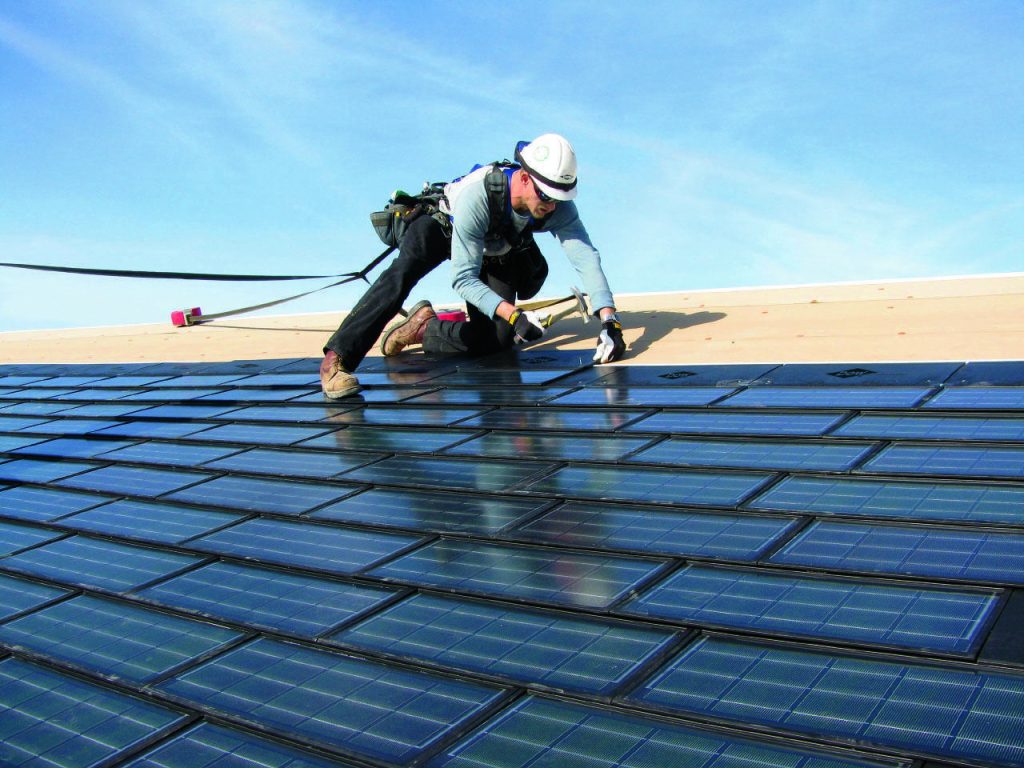
There’s a certain allure to pitched roofs that transcends generations and architectural trends. These classic roof structures, characterized by their slopes, have adorned homes and buildings for centuries. The elegance of a pitched roof lies in its simplicity and functionality. Whether it’s the steep gables of Gothic cathedrals or the gentle slopes of colonial cottages, pitched roofs contribute significantly to the aesthetic appeal of any structure. Their timeless charm adds character and visual interest to both historic landmarks and modern residences.
Embracing Versatility and Practicality
One of the key advantages of a pitched roof lies in its versatility and practicality. Unlike flat roofs, pitched roofs allow for effective water drainage and snow shedding, making them ideal for regions prone to heavy precipitation. The steep incline encourages water to flow away from the roof, preventing pooling and potential water damage. Additionally, the sloped design enhances attic ventilation, reducing the risk of moisture buildup and extending the lifespan of the roof. This functional aspect of pitched roofs not only ensures structural integrity but also contributes to energy efficiency and indoor comfort.
Preserving Tradition in Modern Architecture
In an era dominated by sleek, minimalist designs, pitched roofs stand as a beacon of tradition and heritage in modern architecture. While contemporary trends often favor flat roofs for their minimalist aesthetic and rooftop amenities, many architects and homeowners are rediscovering the beauty and practicality of pitched roofs. By incorporating modern materials and construction techniques, designers can seamlessly blend the timeless appeal of pitched roofs with the demands of contemporary living. Whether it’s a farmhouse-inspired residence in the countryside or a suburban home with a touch of nostalgia, pitched roofs continue to evoke a sense of warmth and authenticity in today’s architectural landscape.
Inspiring Sustainability and Eco-Friendliness
Beyond their aesthetic and functional benefits, pitched roofs also play a crucial role in promoting sustainability and eco-friendliness. The natural slope of a pitched roof facilitates the installation of solar panels, harnessing renewable energy and reducing dependency on traditional power sources. Additionally, the durability of pitched roofs minimizes the need for frequent replacements, thus reducing waste and environmental impact. As sustainability becomes increasingly important in architectural design, pitched roofs offer a practical solution for eco-conscious homeowners and builders looking to create greener, more efficient structures.
Pitched roofs, with their timeless charm, practical benefits, and environmental advantages, continue to captivate architects, homeowners, and admirers of architectural beauty worldwide. From their humble beginnings in ancient civilizations to their continued relevance in contemporary design, pitched roofs stand as a testament to the enduring legacy of traditional craftsmanship and ingenuity. As we navigate the ever-evolving landscape of architecture and design, the pitched roof remains a steadfast symbol of elegance, functionality, and sustainability.